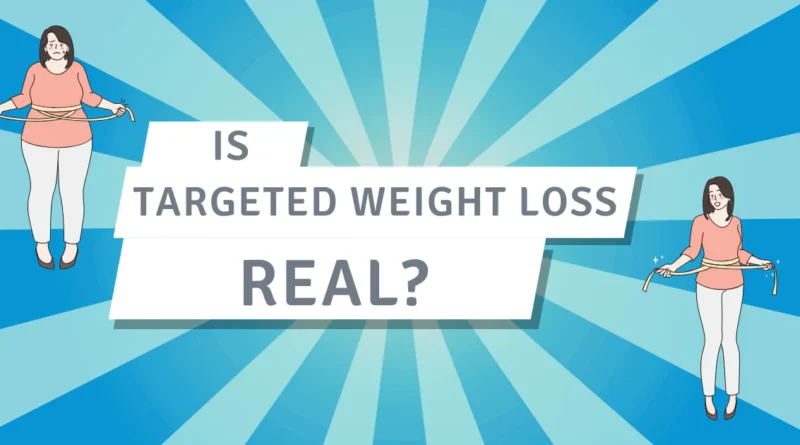How to lose weight – Need to know
Contents
Why am I overweight?
In fact, there are many factors that influence weight gain. Our environment and lifestyles have changed in recent decades, which means healthy lifestyle choices aren’t always the easiest to make, and we tend to eat large meals. pre-made or more to-go. This usually means more fat, sugar and salt than a home-cooked meal
At the same time, we’re doing less physical activity, Work and family greatly affect our daily activities and self-care
This means we need to make conscious choices about what we eat and how we stay active. Often that means making an effort to eat healthily even when we’re busy, and finding ways to fit exercise into our busy lives. A good first step is to think about why you might have put on weight. Is this a recent change or a longer-term pattern? Did you start doing something differently – eating out more, being less active, or eating different foods
Set yourself a weight loss target
The principle of weight loss is that you must determine a clear goal, your weight index, and the time to lose weight, from which you can create an effective plan.
Assessment and Goal Clarification
Considerations and Constraints
Create a Action Plan
Tracking and Monitoring Progress
Seeking Support
Make changes that work for your lifestyle
There’s no shortage of diets, tools and foods that claim they will help us lose weight. Despite these bewildering choices, the main principle of losing weight is simple: the energy you take in (calories) needs to be less than the energy you use.
Beyond that, which diet works will vary from person to person – one of the biggest factors is finding something you can stick to. The important thing is to find the path that is right for you.
A combination of diet changes and getting more active has been shown to be more effective than just changing what you eat, so think about ways to get more active. That might be walking or cycling instead of driving, a home exercise workout, or meeting a friend for a walk or a run. Aim for 150 minutes of activity a week, and break it into 10 minute chunks if it seems like a lot to begin with.
To see a lasting impact on your weight, you need to make changes for good, so it’s important these are realistic. Small tweaks can feel insignificant, but they gradually add up if you stick to them.
Change can be hard to maintain and lapses are inevitable. It’s how you deal with it that is important. Part of the reason we often feel like we are failing when it comes to lifestyle change is because we put too much pressure on ourselves to be ‘perfect’. So we set unattainable goals and, all too often, one slip can mean a fall.
Eat a balanced diet
Losing weight is really as difficult as you think.
Eating a balanced diet is crucial for maintaining good health and well-being. A balanced diet provides the necessary nutrients, vitamins, and minerals that your body needs to function properly.
You don’t need to cut out all foods that are higher in calories – some of them come with healthy nutrients, for example oily fish, unsalted nuts and avocado. But you might want to eat them less often, or limit your portion size.
Don’t give up if your progress is slow
An ‘ideal’ weight can take a while to achieve and may seem unattainable at times. Don’t feel disheartened if your weight loss is slow or you hit a plateau. Maintaining even a small weight loss is beneficial for your health in the long term and something to be proud of



Pingback: 8 Tips for healthy eating - For your quality of life
Pingback: Tips for healthy eating for health and weight loss